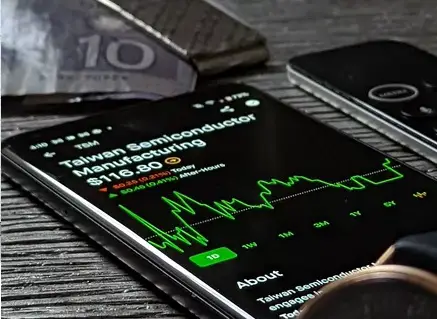US Stocks plummeted on Friday ending a volatile week down after briefly dropping into bear territory again, as fears rose that aggressive central bank policy going forward could trigger a global recession.
The S&P 500 fell 1.7%, testing a new low for 2022. The Dow Jones Industrial Average dropped 486 points, falling 1.6% to a new 2022 low, after falling into bear territory earlier in the day. Meanwhile the Nasdaq fell 1.8%, as the CBOE Volatility Index rose above 30.
2-year Treasuries rose beyond a 15 year high of 4.2%, as the 10-year Treasury held at 3.7%, its highest level since 2010. West Texas Intermediate fell 6%, settling at $78.74.
The turmoil comes after the Federal Reserve announced its third consecutive 75 basis point rate hike to its key interest rate, in an attempt to tackle increasingly entrenched inflation in the economy. The hike was followed by increasingly hawkish rhetoric by Fed Chair Jerome Powell in remarks following the announcement, where he noted policymakers were now willing to endure economic pain in the course of restoring price stability. Other central banks around the world followed suit afterward, raising their own interest rates, and sparking fears of a global economic slowdown.
Goldman Sachs has since lowered its 2022 year-end target for the S&P 500 16%, from 4,300 to 3.600. Goldman’s David Kostin said, “The expected path of interest rates is now higher than we previously assumed, which tilts the distribution of equity market outcomes below our prior forecast.”
Horizon Investments’ Scott Ladner said in a note, “It’s not just the Fed that’s going really hyper aggressive right now. It’s the [Bank of England]. It’s everybody except for the central bank of China and Japan. Based on our client discussions, a majority of equity investors have adopted the view that a hard landing scenario is inevitable and their focus is on the timing, magnitude and duration of a potential recession and investment strategies for that outlook.”

